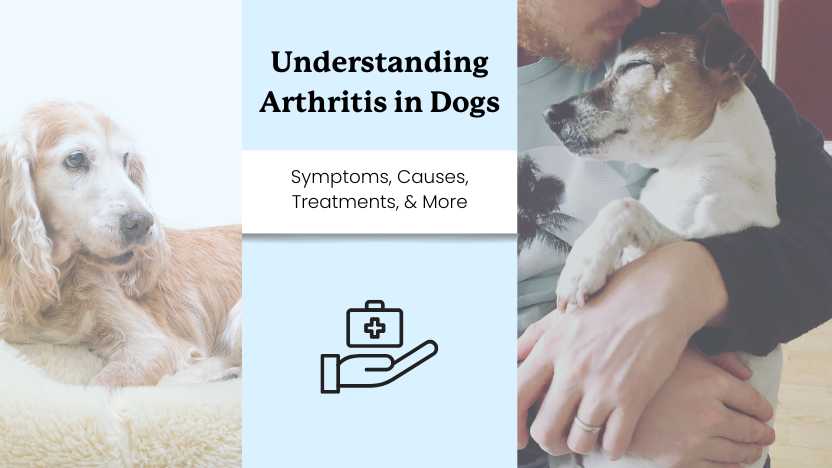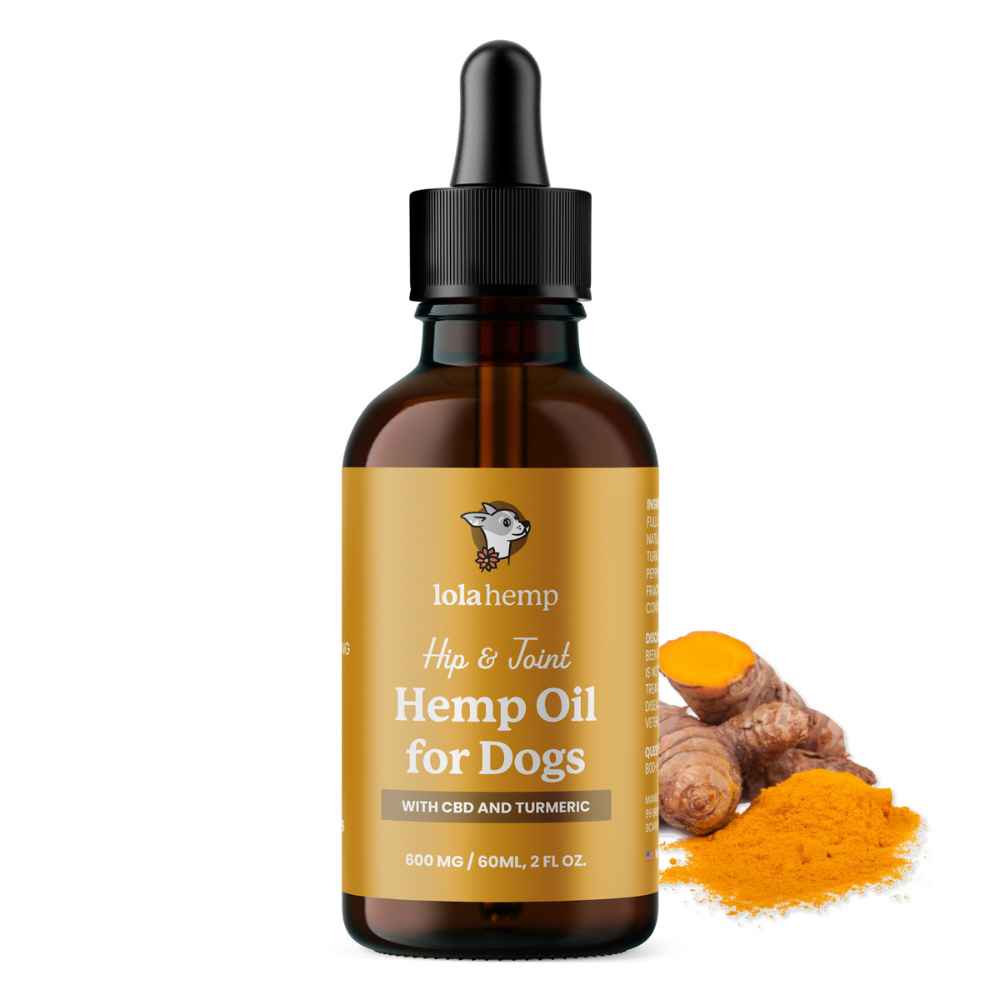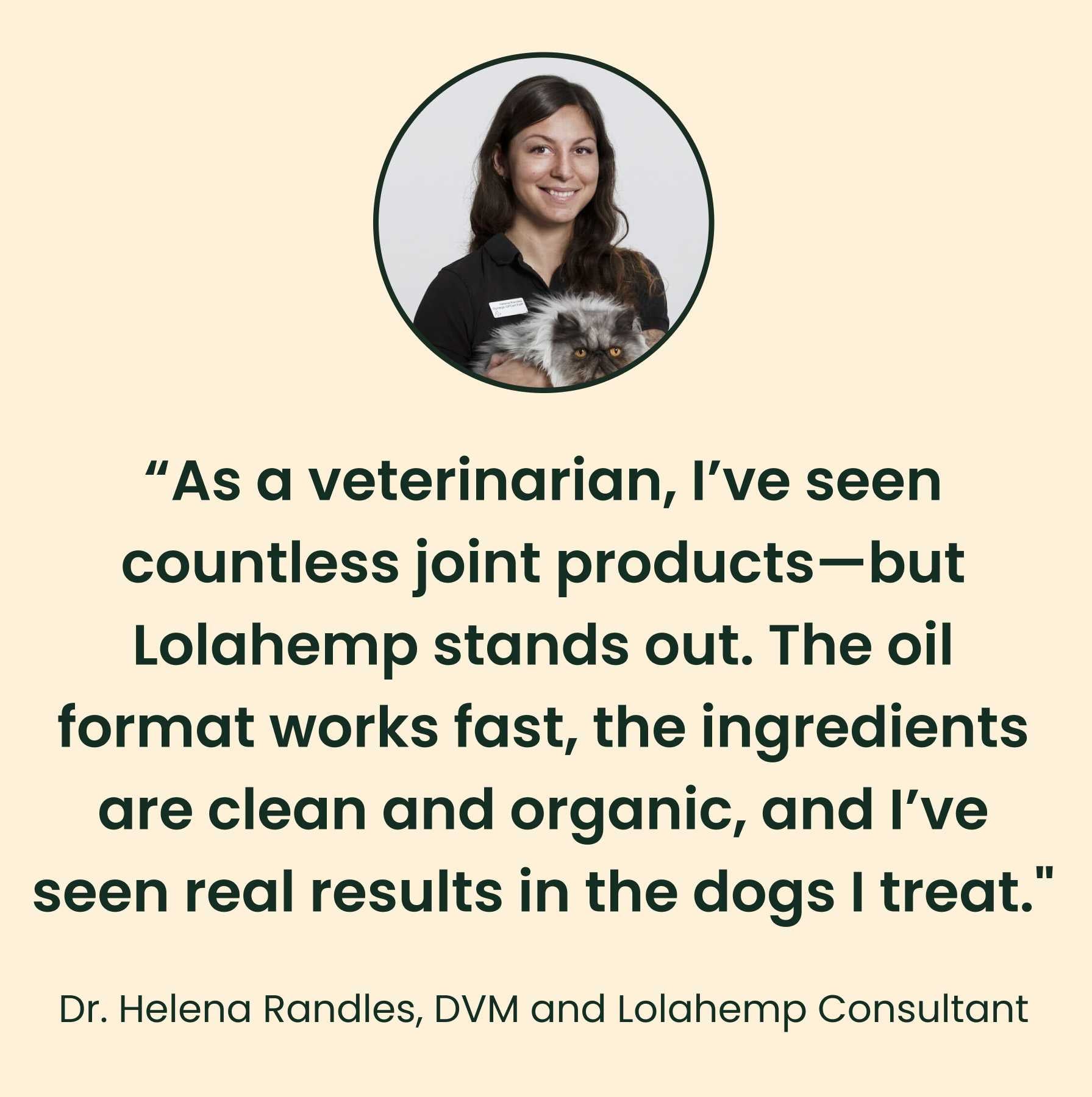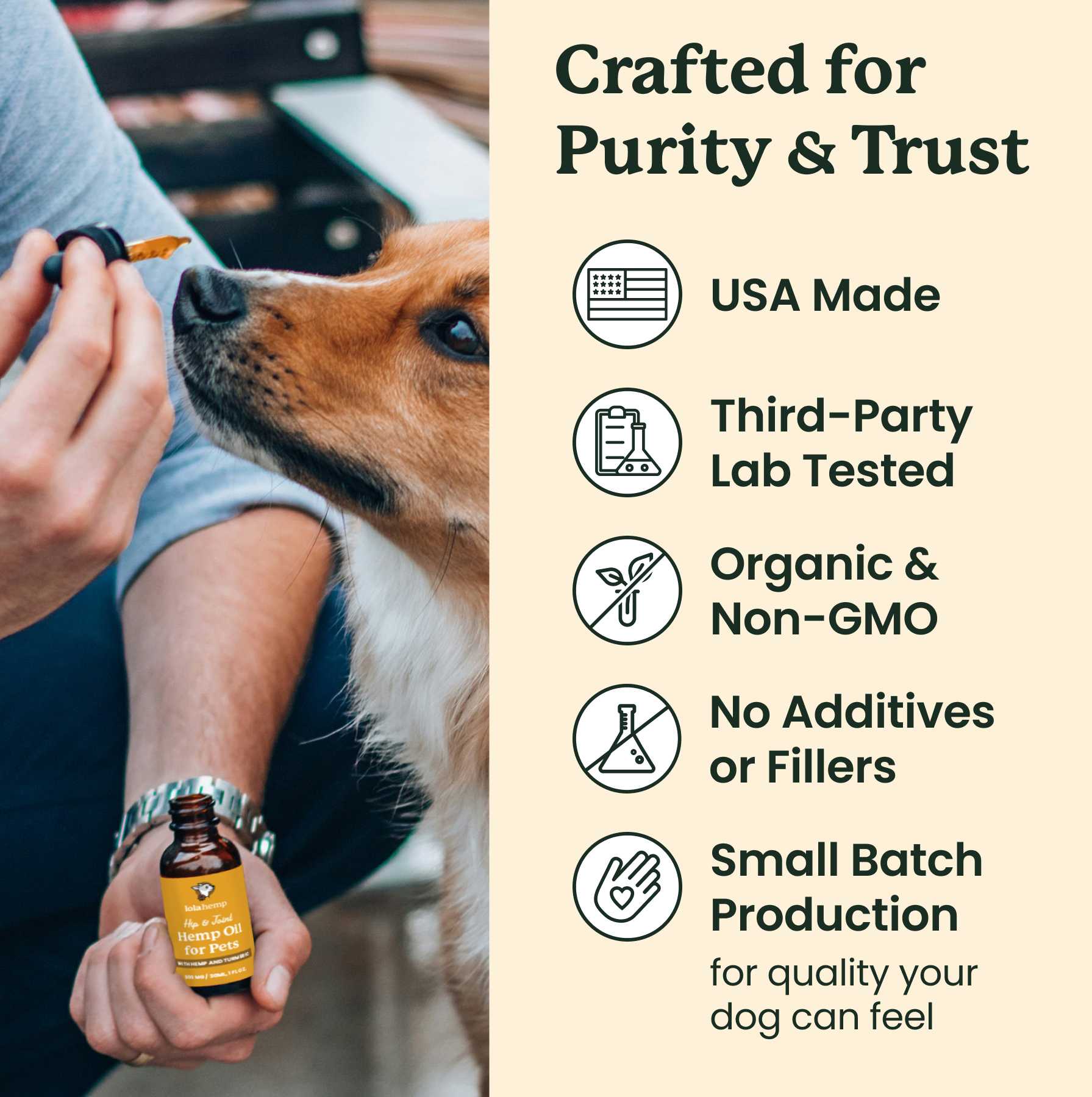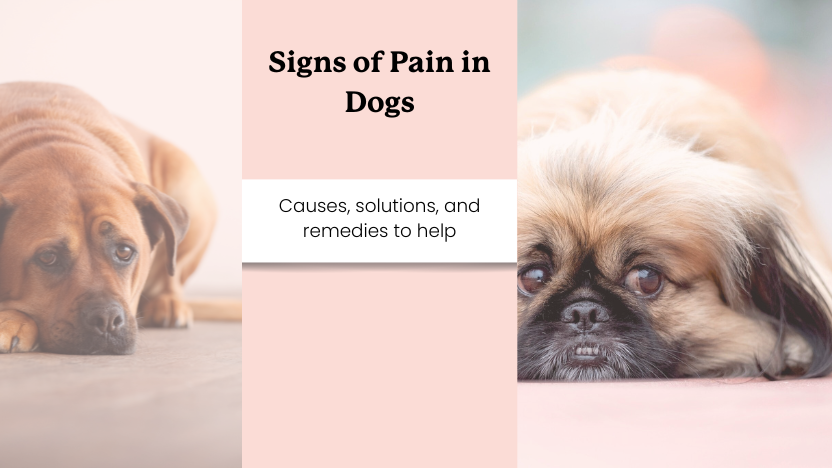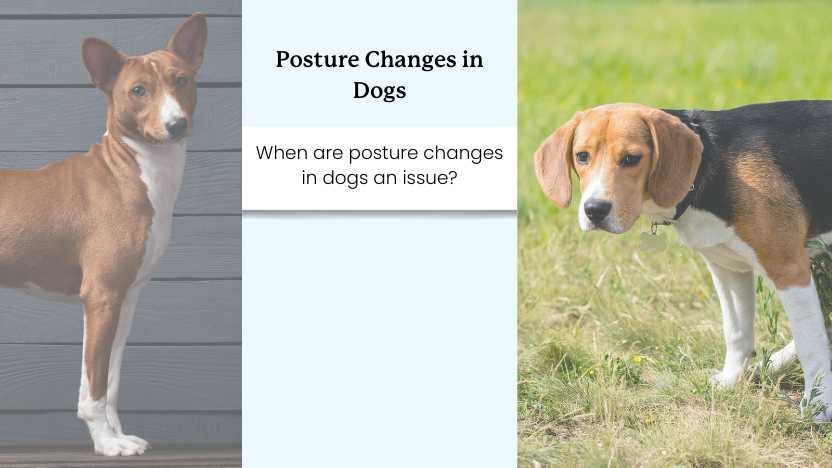Arthritis is one of the most common mobility issues that dogs face. If your dog is struggling with arthritis, know that it's not your fault, and that there are a number of different options you can try to improve their symptoms.
Unfortunately, though, there is no cure for canine arthritis. All you can do is support your dog's symptoms. It is certainly possible for arthritic dogs to see enough relief to have a better quality of life, but it's important to seek veterinary care and get treatment as soon as you possibly can.
This article discusses everything you should know about arthritis in dogs as a dog owner going through it for the first time.
- What is Canine Arthritis?
- What Causes Arthritis in Dogs?
- Signs & Symptoms of Arthritis in Dogs
- How to Help Dogs with Arthritis
- Conclusion
- Frequently Asked Questions about Canine Arthritis
- 1. What are the 4 stages of arthritis in dogs?
- 2. How long can dogs live with stage 4 arthritis?
- 3. Does anything aggravate arthritis in dogs?
- 4. What's the best natural anti-inflammatory for dogs?
- 5. Are arthritic dogs in pain?
- 6. Should dogs with arthritis still walk?
- 7. Are there dog foods that make arthritis worse?
What is Canine Arthritis?
Arthritis in dogs is actually a cluster of joint disorders categorized by chronic inflammation and degeneration within the animal's joints. Arthritis is the result of a cascade of symptoms, one leading to the other, that can originate from a number of causes.
The most common form of arthritis in dogs is osteoarthritis, which refers to a arthritis that is characterized by the break down of joint cartilage.
What Actually Happens in Dogs with Arthritis?
- Release of Inflammatory Molecules: cytokines, prostaglandins, and reactive oxygen species
- Dysfunctional Cartilage Maintenance: Chondrocytes are cells responsible for maintaining cartilage, and these become irregular and problematic in dogs with arthritis
- Inflammatory Joint Fluid: Synovial fluid is meant to lubricate the joints, but it becomes dysfunctional in dogs with arthritis, sometimes contributing to more inflammation and failing to lubricate joints.
One of these symptoms can trigger the onset of the others, which is why arthritis is a cascade of symptoms that contribute to a chronic condition that's so difficult to manage.
Because each symptom contributes to the severity of the condition, it's very important to notice early signs of arthritis before your dog's arthritis progresses. Early intervention can make a big difference.
As arthritis progresses, dogs feel pain, stiffness, discomfort, and an overall decline in overall health and quality of life.

What Causes Arthritis in Dogs?
There are many issues that can trigger the cascade of symptoms in canine arthritis. A few causes are the most common, however. Understanding these key causes can help you take preventative measures, or get your dog examined early if they're experiencing the following things:
- Aging: Age is the most common cause of arthritis in dogs due to the long-term natural wear and tear on joints. Dogs generally start experiencing joint decline around age 7, while smaller dogs tend to show signs later and larger dogs start showing signs earlier.
- Obesity: Overweight dogs have additional wear and tear on joints, and obesity can trigger pro-inflammatory molecules and hormones. Dogs are considered obese when they're 20% or more over their ideal weight.
- Joint Injuries: The inflammatory response activates in order to heal injuries, but joint injuries that never heal can cause chronic inflammation. If your dog has a joint injury, make sure you work with your veterinarian to heal it properly and prevent chronic inflammation from setting in.
- Genetic Predisposition: Certain breeds are more likely to experience arthritis as a result of their genetics. These breeds include:
- German Shepherds
- Labrador Retrievers
- Golden Retrievers
- Dachshunds
- French & English Bulldogs
If you want to reduce your dog's likelihood of developing arthritis, make sure that they keep a healthy weight and engage in consistent low-impact exercises with them for their whole lives. Additionally, keep up on your veterinary appointments and always request that your vet monitors joint health to catch early signs of arthritis.
Signs & Symptoms of Arthritis in Dogs
Dogs can't tell us when they're struggling with symptoms of arthritis, so we have to be vigilant and notice the early signs of this issue. Below, we'll take a look at the early signs and the late-stage signs separately.

Early Signs of Arthritis in Dogs
The early signs of arthritis will develop gradually in most cases. If you spot these symptoms for the first time in your otherwise healthy dog, it's a good idea to start taking preventative measures.
- Visible Leg Stiffness: Dogs might show slight stiffness getting up and moving, particularly after a period of rest.
- Limp After Exercise: The wear and tear of exercise could cause a little pain in your dog's joints, causing them to visibly limp after activity.
- Avoiding Certain Behaviors: If your dog is developing arthritis, the discomfort could cause them to refrain from doing certain things that they used to in order to avoid pain. This is a broad category, but something to be vigilant of.
- Licking or Gnawing on Joints: If your dog's joints are newly sore, they might start licking or gnawing at them to try and comfort themselves. This indicates joint issues specifically, if your dog is licking joint areas, not necessarily just licking in general.
Your dog could show numerous other early signs of arthritis, but stiffness, limp, behavior avoidance, and licking joints are among the most common.
Late-Stage Signs of Arthritis in Dogs
The late-stage signs of arthritis in dogs are much more pronounced, and they've likely existed in lesser forms for a while. Not everyone knows these signs, and they might see symptoms as issues that will resolve themselves.
If your dog's physical joint health isn't resolving on its own and is getting worse, it's time to take action with your veterinarian. Here are some of the late-stage signs that indicate that a dog has arthritis.
- Serious Limp: If your dog is limping consistently, such as whenever walking or running, this could be a indication that arthritis is present. If it has been happening for a long period of time and consistently worsened, that is an even stronger indication of arthritis in your dog.
- Limited Movement: Limited ability to run, jump, climb stairs, walk, or perform any kind of normal movements for extended periods of time is a strong indication of arthritis.
- Noticeable Swelling, Warmth in Joints: Serious arthritis may cause the joints to swell and even feel warm to touch. If these symptoms are present you should absolutely visit your veterinarian.
If your dog is showing these symptoms, you should certainly see your veterinarian and discuss a treatment plan with them. There is no benefit to waiting and seeing if your dog improves on their own, as it is likely that they won't.
It's possible to use medications or supplements that can support the symptoms of arthritis in dog. In many cases, these treatments can prolong the onset of severe symptoms and improve your dog's quality of life significantly.
How to Help Dogs with Arthritis
Dogs with arthritis require help, both from a veterinarian as well as from their owners. Even if your vet prescribes your dog medications or supplements, you'll still need to help your dog with some lifestyle changes.
Your arthritic dog may benefit from the following:
- Joint Supplements (Glucosamine, Green Lipped Mussel, MSM, Turmeric): These supplements may support joint health and comfort, but results can vary for each dog.
- CBD Oil: Some dog owners have found that CBD oil helps promote general comfort and mobility, but its effectiveness can differ.
- Regular Low-Impact Exercise: Consistent, gentle exercise can help keep joints moving and muscles strong, improving overall mobility.
- Weight Management: Maintaining a healthy weight can help reduce excess stress on the joints, which may support your dog’s overall joint function.
- Massage Therapy: Gentle massage can improve joint movement and relaxation for some dogs, though it may not work for every dog.
- Comfortable Bedding: Providing soft, supportive bedding may help your dog rest more comfortably, especially when joints feel stiff.
- Cold or Warm Compresses: Applying heat or cold to the joints can sometimes provide temporary comfort, but results can vary.
Note: Always consult with your veterinarian before trying new treatments to ensure they are safe and appropriate for your dog's individual health needs.
Conclusion
Arthritis is a chronic condition in dogs that may get progressively worse if untreated. There are ways to improve your dog's symptoms and improve their quality of life significantly, but swift action by the dog owner is necessary.
If your dog is showing signs of arthritis, visit your veterinarian as soon as possible. Be sure to explore your treatment options and run them by your veterinarian at your visit.
Frequently Asked Questions about Canine Arthritis
The following are some of the most common questions dog owners have about canine arthritis.
1. What are the 4 stages of arthritis in dogs?
Arthritis in dogs typically progresses through four stages: early (mild stiffness and discomfort), moderate (increased pain and decreased mobility), advanced (more frequent limping and difficulty moving), and end-stage (severe pain and limited movement). The severity varies by dog and its specific condition.
2. How long can dogs live with stage 4 arthritis?
Dogs with stage 4 arthritis may live many years with proper management, but their quality of life can be significantly impacted. Treatment options, including pain relief and mobility support, can help improve comfort and function.
3. Does anything aggravate arthritis in dogs?
Excessive physical activity, obesity, and sudden temperature changes may worsen arthritis symptoms in dogs. Managing activity levels and weight, along with regular veterinary care, can help mitigate these factors.
4. What's the best natural anti-inflammatory for dogs?
Natural options like omega-3 fatty acids, turmeric, and glucosamine may help support joint health in dogs, but their effectiveness can vary. Always consult a vet before introducing any new treatments to ensure they are safe for your dog.
5. Are arthritic dogs in pain?
Arthritic dogs can experience discomfort, though the level of pain varies. Regular monitoring and proper care can help manage their symptoms and improve comfort.
6. Should dogs with arthritis still walk?
Light, low-impact walking can be beneficial for dogs with arthritis, as it helps maintain mobility and muscle strength. However, avoid overexertion and adjust activity based on your dog's needs and vet recommendations.
7. Are there dog foods that make arthritis worse?
Some dog foods high in fat or lacking essential nutrients may contribute to weight gain or exacerbate joint issues. A balanced, weight-appropriate diet can support joint health and overall well-being.
